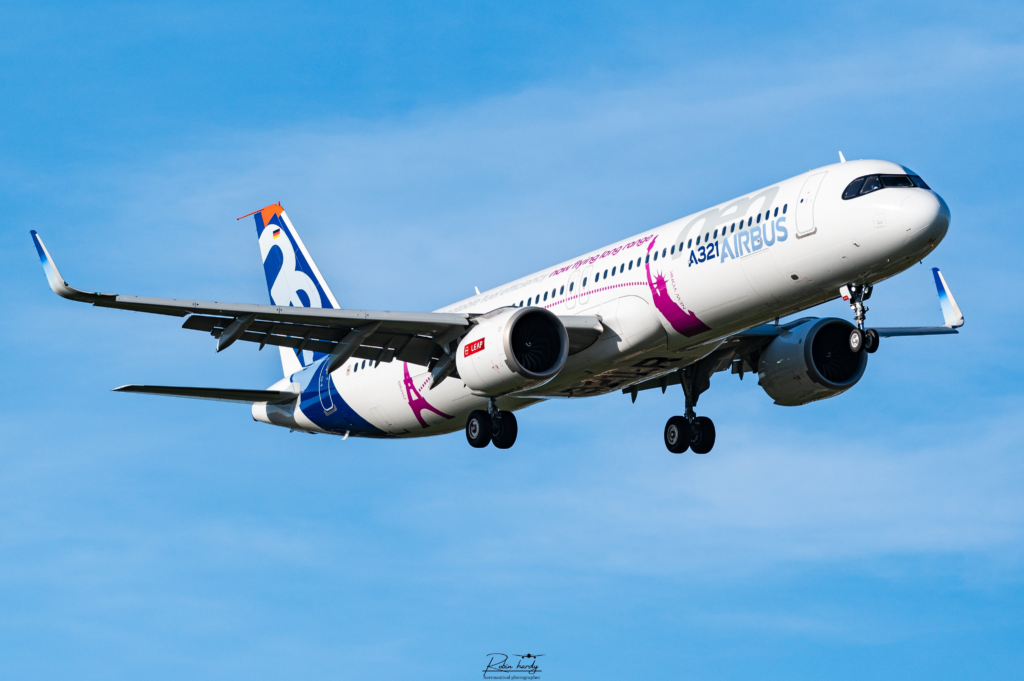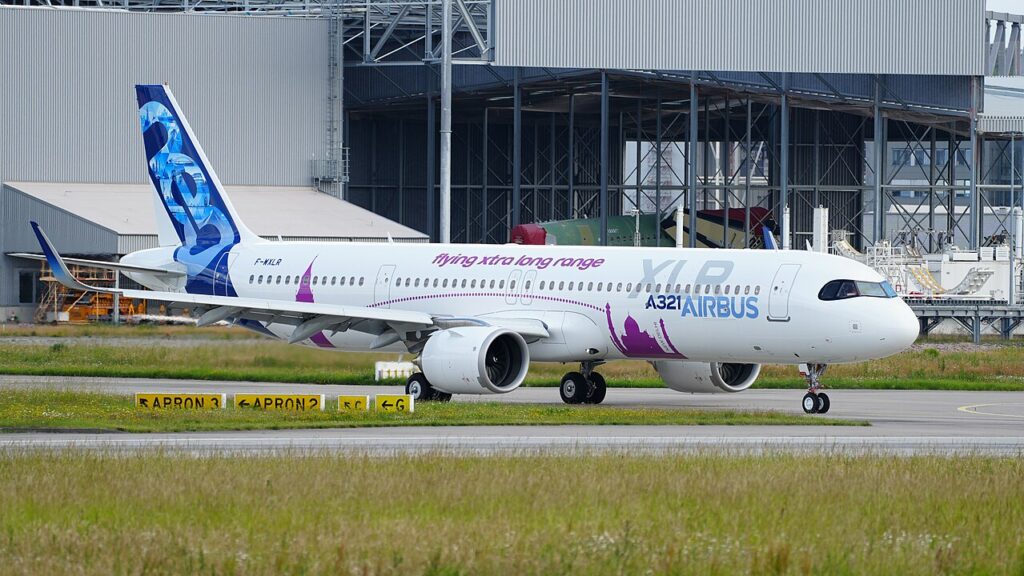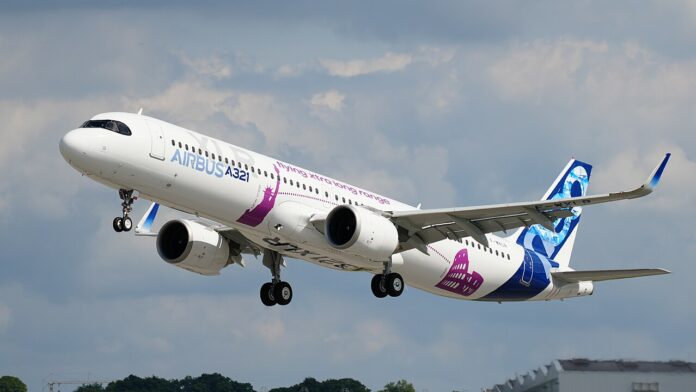WASHINGTON- US regulators FAA formally invite feedback on proposed fire-safety measures regarding accepting the large aft center fuel-tank design for the Airbus A321XLR twinjet.
The fuel tank, integrated into the aft fuselage structure with its top directly beneath the passenger cabin floor, is crucial for enabling the A321XLR to achieve its advertised range of 4,700 nautical miles.

FAA A321XLR Safety Concerns
However, the US Federal Aviation Administration (FAA) is concerned that the tank’s location and design make it susceptible to potential ground fuel-fed fires following a crash, unlike center wing tanks or optional auxiliary center tanks.
Although the A321XLR aircraft adheres to several US regulations addressing fuselage and fuel tank fire safety, these standards do not adequately address post-crash performance standards for tank skin or structure and the potential threat of external ground fires.
Although the FAA issued its proposed special conditions on May 7, it asserts that these requirements align with special conditions previously established by the European Union Aviation Safety Agency, which were finalized in October of the previous year.
Thus, the FAA’s proposal outlines a requirement to prevent fuel vapor ignition during an external fuel-fed ground fire, which includes accounting for potential hot-surface ignition resulting from such a fire.

FAA Report
This proposal introduces special conditions for the Airbus Model A321neoXLR aircraft. This aircraft will feature a unique design aspect compared to the technology envisioned by existing airworthiness standards for transport category airplanes.
The notable feature is an integral rear center tank (RCT). The current airworthiness regulations lack adequate safety standards for the fire-safety performance of fuel tank skin or structure in case of a post-crash external fuel-fed ground fire.
The proposed special conditions include additional safety standards deemed necessary by the Administrator to establish a safety level equivalent to that of existing airworthiness standards.
The RCT is categorized as a “center” fuel tank positioned within the aircraft fuselage rather than in its wings. Positioned aft of the center wing fuel tank and behind the wheel bay, it occupies a section of the lower fuselage, partially replacing the aft cargo compartment of the airplane from which this proposed model is derived.
The top of the tank aligns directly beneath the floor of the passenger cabin. Functioning as an integral component of the airplane, its walls are part of its structure. Unlike traditional fuselage fuel tanks, the exterior skin of the airplane fuselage constitutes part of the walls of the fuel tank, making it an integral component. This placement exposes the integral RCT to potential post-crash ground fuel-fed fires.
Due to its unconventional configuration, the A321neo XLR’s integral RCT will not incorporate the insulation typically lining the fuselage skin of a modern transport category airplane.
Airbus must demonstrate that the Model A321neo XLR series airplane possesses adequate post-crash fire-safety performance of fuel-tank skin or structure to facilitate safe evacuation during external fuel-fed ground fire exposure.

Special Conditions
As part of the type certification basis for Airbus Model A321neo XLR series airplanes, the Federal Aviation Administration (FAA) proposes the following special conditions:
Cabin Evacuation—Protection from Fuel Tank Explosion Due to External Fuel-Fed Ground Fire.
The applicant must demonstrate that the design prevents ignition of fuel tank vapors (due to hot surfaces) in the integral rear center tank during evacuation. Additionally, the applicant must prove that the design allows sufficient time to safely evacuate all occupants after initiating an external fuel-fed ground fire.
The FAA is soliciting feedback on the proposed condition until June 21st.
Stay tuned with us. Further, follow us on social media for the latest updates.
Also Read: US Airlines, Including American, United, Delta, and Southwest, want you to Dress Properly – Aviation A2Z
Join us on Telegram Group for the Latest Aviation Updates. Subsequently, follow us on Google News.
The post FAA Halts Certification of New Airbus A321XLR Amid Safety Concerns appeared first on Aviation A2Z.

